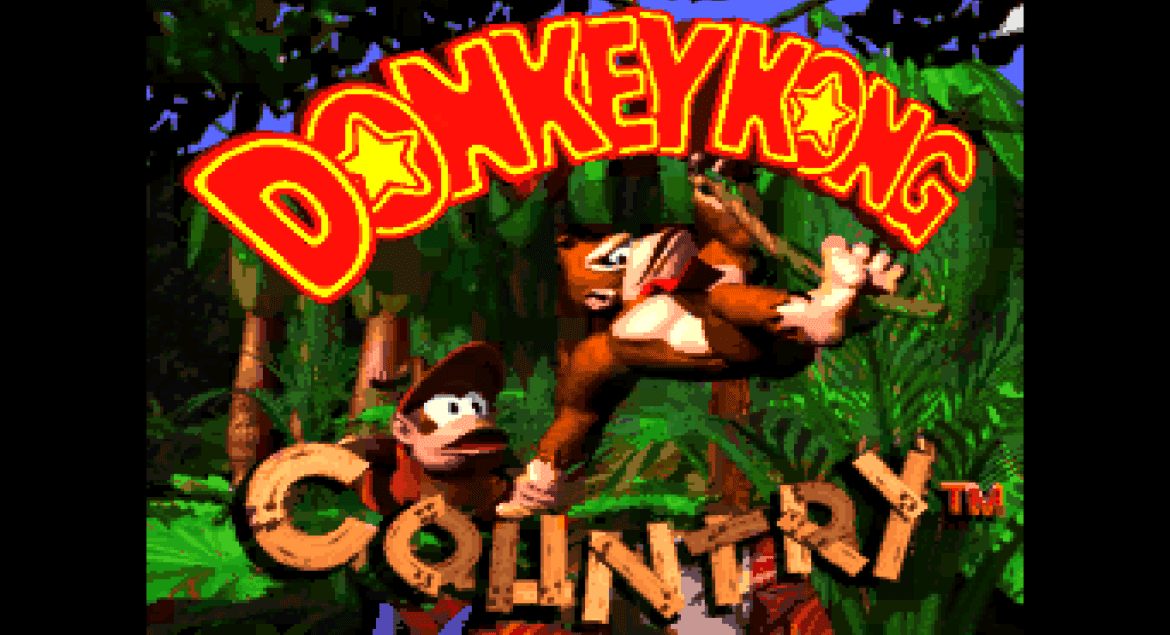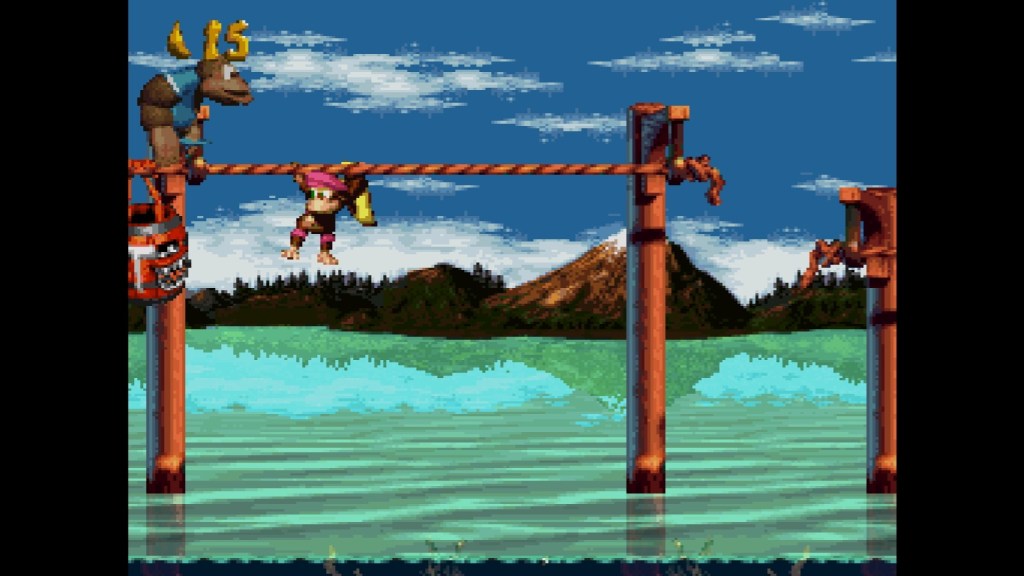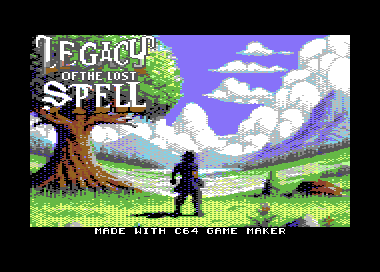


Donkey Kong, an iconic character from Nintendo, has undergone a transformation from villain to hero throughout his storied history. Originally a menacing figure in arcades, Donkey Kong has evolved into a comedic character, as seen in Seth Rogen’s recent portrayal of him in the Super Mario Bros Movie. This shift in reputation is largely due to the success of the Donkey Kong Country franchise, a platforming series that began on the Super Nintendo and continues to offer colorful and action-packed gameplay. With the original SNES title celebrating its 30th anniversary, let’s look back at this unforgettable platformer that forever changed the future of Donkey Kong.
Donkey Kong Gets a Reboot
When the original Donkey Kong arcade game debuted in 1981, it quickly became popular, leading to sequels like Donkey Kong Jr. (Arcade, 1982) and Donkey Kong 3 (Arcade, 1983). Despite his villainous nature, Donkey Kong remained a beloved character, but by the 1990s, his popularity began to wane. Nintendo enlisted RARE, a developer with a strong track record, to breathe new life into the Donkey Kong brand with a fresh game. With creative freedom, RARE created Donkey Kong Country, a groundbreaking adventure that put DK at the forefront, expanded the series’ lore, and offered engaging platformer gameplay.
Donkey Kong Country features minimal plot but introduces essential world-building and memorable characters. The game follows Donkey Kong and Diddy Kong as they chase King K. Rool, who has stolen all the bananas from Donkey Kong Island. With controls reminiscent of Super Mario World (SNES, 1990), players navigate through 40 levels with unique gameplay mechanics. The game challenges players with diverse obstacles, testing their platforming skills as they control both Donkey Kong and Diddy Kong.
Donkey Kong Country’s appeal extends beyond gameplay to its impressive presentation. The game was among the first to use pre-rendered graphics, providing depth to its visual design. The music is equally outstanding, with tracks like “Aquatic Ambience” standing out. The art and music of Donkey Kong Country give it a distinct and timeless charm, reminiscent of other SNES classics.
Sequels, Spin-Offs, and More
Donkey Kong Country was a massive success, becoming the fastest-selling game of 1994 and ranking among the top 3 SNES games by total sales. The game’s popularity led to sequels like Donkey Kong Country 2: Diddy Kong’s Quest (SNES, 1995) and Donkey Kong Country 3: Dixie Kong’s Double Trouble! (SNES, 1996), which were well-received. The series expanded with spin-offs on the Nintendo 64 and modern consoles like the Wii and Nintendo Switch.
The legacy of Donkey Kong Country transcends sequels and spin-offs, with the character appearing in various Nintendo titles and crossovers. Donkey Kong’s presence in different games showcases his enduring popularity and impact on gaming culture. The SNES classic’s influence can be seen in multimedia adaptations, theme park attractions, and continued recognition in the gaming industry.
Donkey Kong Country’s 30th anniversary is a testament to its lasting appeal and contribution to the gaming landscape. Whether revisiting the game or exploring its legacy, Donkey Kong Country remains a beloved classic deserving of recognition and appreciation.
Related
Original article by www.oldschoolgamermagazine.com



